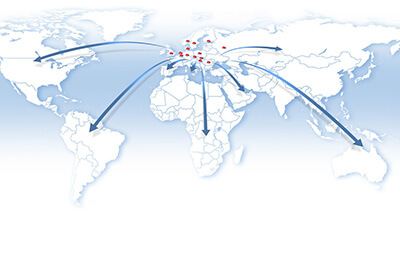 This process starts right from the raw materials, through transport, through manufacture, through warehousing, through transport again, and finally ending up in the shop, or showroom, or housing development; whatever the setting a product needs to be in, where the consumer will view and make a purchase.
This process starts right from the raw materials, through transport, through manufacture, through warehousing, through transport again, and finally ending up in the shop, or showroom, or housing development; whatever the setting a product needs to be in, where the consumer will view and make a purchase.
This is what is known as the supply chain; it is the sequence of operations needed to create a final commodity, and it involves producers, warehouse operators, retailers and others.
A supply chain is an extremely complex process, is invariably a global operation and always involves many players.
What stages make up a supply chain?
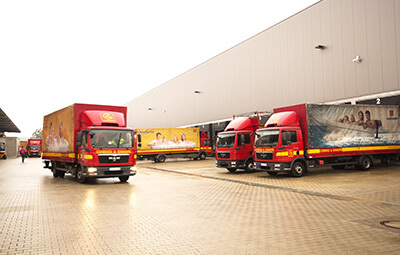 The four main stages of the supply chain are:
The four main stages of the supply chain are:
- Supply
- Manufacture
- Warehousing storage
- Delivery
Each stage takes careful planning and timing, to ensure the right products are in the right place at the right time. The process must be quick and efficient, with products arriving at their point of sale, ready for the consumer; everything must be delivered in the right quantities, be of the correct quality, and arrive in a timely fashion And all this must be done at the most competitive cost.
To be able to achieve this, the supply chain must have:
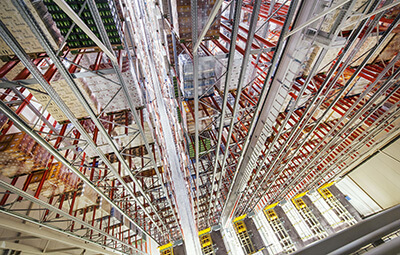
- Balance: where all activities are coordinated. With so many people, products and processes involved, balance needs careful planning.
- Efficiency: this is essential in order to keep costs to a minimum.
- Coordination: suppliers, manufacturers, warehousing and transport must work in harmony to enable the end product to arrive at the point of delivery, and on time.
- Flexibility: when elements of a supply chain change – for example, there are changes in demand – then the supply chain needs to be agile enough to respond quickly.
- Clear communication: again, this is essential if each element of the supply chain is to work cohesively.
Future of the supply chain
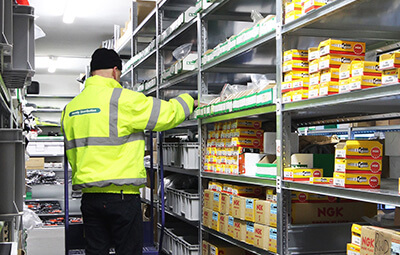 If the supply chain is to play its part in tackling the huge challenge that is climate change, then it needs to make efforts to become more sustainable.
If the supply chain is to play its part in tackling the huge challenge that is climate change, then it needs to make efforts to become more sustainable.
For such a complicated, global operation, this will be no mean feat. But steps are already being taken to reduce the environmental impact of the supply chain.
At every stage in the supply chain – and, as we have said, there are many – the environmental and social impact have to be minimized, right from the sourcing of raw materials, to point of delivery for the consumer.
Change has to start with the sustainable management of resources (including raw materials and water), with the use of renewable energy at each stage of the process.
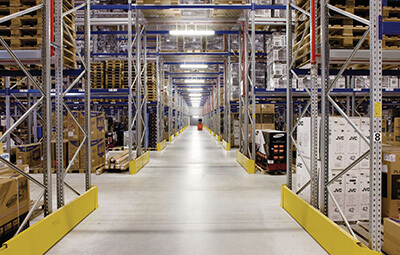 To achieve this requires a concerted effort by all involved, and extensive collaboration between all the stakeholders in the supply chain.
To achieve this requires a concerted effort by all involved, and extensive collaboration between all the stakeholders in the supply chain.
However, sustainable a supply chain and its management will reap its rewards. There are benefits to be gained by the stakeholders, including reduced costs, enhanced reputation (by demonstrating corporate social responsibility) and the opportunity to innovate; this is before we even get to the obvious advantage that sustainability has to the long-term future of our planet.
Sustainable supply chain and the warehouse
How do we achieve, or work towards, sustainability at the warehousing stage of the supply chain?
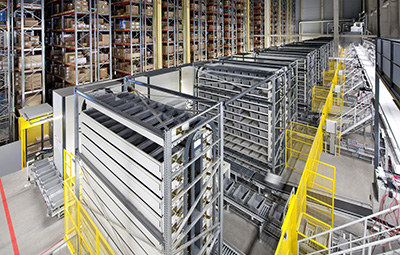 Step one is to have full visibility of each stage of the warehouse process, to help identify efficiencies that can be made. Digitisation will greatly assist this, through introducing a high tech Warehouse Management System (WMS).
Step one is to have full visibility of each stage of the warehouse process, to help identify efficiencies that can be made. Digitisation will greatly assist this, through introducing a high tech Warehouse Management System (WMS).
Step two is centralisation. By bringing stages together all under one roof, movement and transport costs are reduced, along with the associated emissions and use of fossil fuel.
Step three is automation. Having a fully- or semi-automated warehouse can greatly cut overheads and at the same time improve sustainability. For example, energy used for heating and lighting can be reduced in an automated warehouse, since there’s less need to illuminate or heat a warehouse without people.
The flexible supply chain
With the rise of ecommerce, the flexible supply chain has had to evolve, to agilely respond to changing consumer expectations and demands. The flexible supply chain must be able to quickly dispatch from a warehouse, distribution centre or even a store.
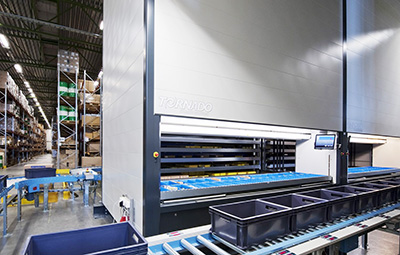 However, the flexible supply chain may seem to be at odds with the move towards sustainability, because of the need to dispatch any item, in any quantity, to meet the demands of the consumer. This is an area where innovation is moving apace, which will help to meet those opposing demands of sustainability versus consumer expectation.
However, the flexible supply chain may seem to be at odds with the move towards sustainability, because of the need to dispatch any item, in any quantity, to meet the demands of the consumer. This is an area where innovation is moving apace, which will help to meet those opposing demands of sustainability versus consumer expectation.
In the meantime, while supply chain stakeholders work through the challenges that face them – sustainability, rising ecommerce, globalisation – each stage must continue to play its part in bringing commodities to customers.
Essential in all this is warehousing, and modern, efficient warehousing practices, with automated processes, are an important stage in its evolution and its move towards sustainability.
To talk to the experts in industrial warehouse and distribution centre solutions, please get in touch.